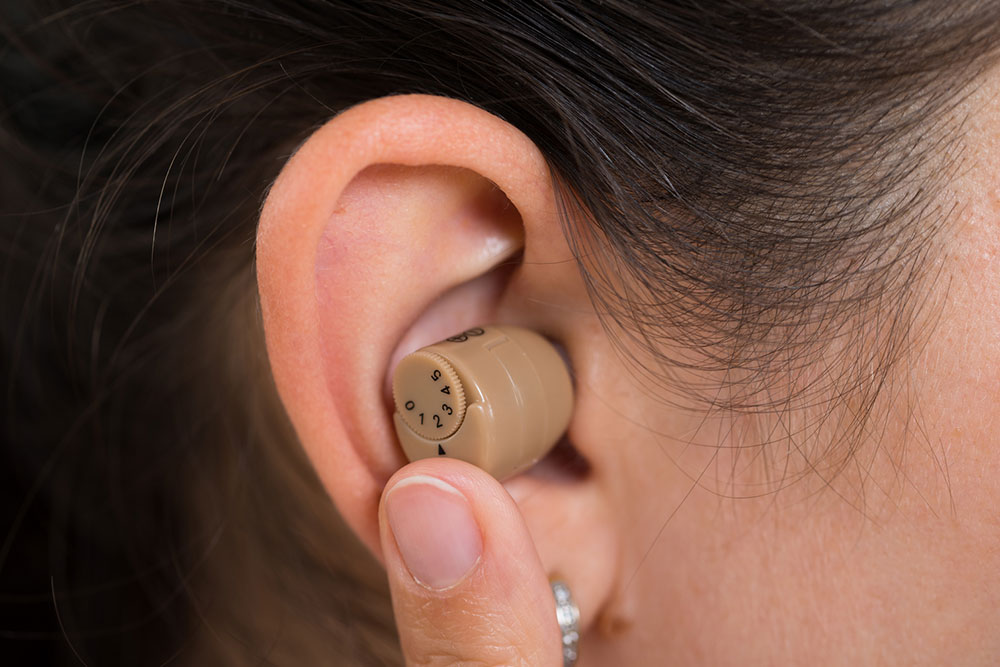Comprehensive Guide to Hearing Assistance Devices: Improving Life Quality for the Hearing Impaired
This comprehensive guide explores modern hearing assistance devices, detailing their features such as wind noise reduction, directional microphones, and feedback cancellation. It emphasizes the importance of early detection of hearing loss and how advanced technology can significantly improve quality of life. Learn about various solutions available for different degrees of hearing impairment, helping users reconnect with their environment confidently and comfortably. Stay informed about the latest innovations that make hearing aids more effective, discreet, and customizable to individual needs, promoting better communication and social engagement.

Comprehensive Guide to Hearing Assistance Devices: Improving Life Quality for the Hearing Impaired
Hearing impairment is a widespread issue affecting millions across the globe. According to the World Health Organization, over 360 million people worldwide are living with varying degrees of hearing loss, which impacts their communication abilities, social interactions, and overall quality of life. The prevalence of hearing difficulties continues to increase, driven by factors like aging populations, prolonged exposure to loud environments, and certain medical conditions. Understanding the different aspects of hearing loss and the available technological solutions is crucial for those affected and their loved ones.
Recognizing the Signs of Hearing Difficulties
Early detection of hearing impairment can significantly improve treatment outcomes and enhance daily life. The symptoms of hearing loss often develop gradually, making them easy to overlook initially. Common signs include:
Persistent difficulty hearing conversations, especially in noisy settings
Muffled sounds or speech that feels unclear or distorted
Difficulty understanding spoken words, leading to frequent misunderstandings
Requiring higher volume levels for audio devices like TVs and smartphones
Social withdrawal due to frustration or embarrassment from communication challenges
Increased fatigue or strain during conversations
If these symptoms sound familiar, consulting an audiologist or healthcare professional for a comprehensive hearing assessment is recommended. Proper diagnosis ensures tailored solutions that meet individual needs.
When it comes to managing hearing loss, modern hearing aids offer a powerful and versatile range of options. These electronic devices are designed to amplify sounds and improve clarity, enabling users to participate fully in social, professional, and personal activities. Leading brands such as Specsavers, Sivantos, and Advance have developed advanced hearing aids with innovative features that adapt to various listening environments. For individuals experiencing severe hearing impairment, specialized devices provide the necessary amplification and sound processing capabilities to reconnect with their surroundings.
Hearing aids contain sophisticated components including microphones, amplifiers, and speakers that work harmoniously to capture, process, and deliver high-quality sound directly to the ear canal.
These devices can be customized to match the user's unique hearing profile, ensuring maximum benefit and comfort.
Technological advancements have propelled the development of hearing aids, making them more effective, discreet, and user-friendly. They are no longer just simple amplifiers; they incorporate complex algorithms and features that significantly improve overall hearing experience in diverse situations.
Wind Noise Reduction Technology
Outdoors, wind noise can be a significant obstacle for hearing aid users. It often masks speech sounds and causes frustration, especially during outdoor activities like golf, walking, or attending outdoor events. Modern hearing aids implement wind noise reduction technology that detects breezy conditions and automatically adjusts to minimize the impact of wind interference. This feature ensures that speech remains clear and natural, even in gusty environments.
Advanced microphones can differentiate between wind noise and speech, reducing unnecessary amplification of wind sounds.
This technology allows outdoor enthusiasts to enjoy their favorite activities without sacrificing hearing clarity.
Directional Microphone Technology for Enhanced Focus
One of the key innovations in contemporary hearing aids is directional microphone technology. Devices such as Phonak Belong and Signia Primax utilize multiple microphones that focus on sounds originating from specific directions. This feature helps users hone in on conversations or sounds they want to hear most, while suppressing background noise.
Some devices offer focused sound capture from the front, ideal for conversations, while ignoring sounds from behind.
Automatic environment recognition allows the device to switch seamlessly between omnidirectional and directional modes, adapting to whether the user is in a quiet or noisy setting.
Customizable modes give users control over their listening experience, improving comprehension in challenging environments.
Feedback Cancellation: Eliminating Whistling and Howling
Feedback, often experienced as high-pitched whistling or squealing, is a common issue faced by hearing aid users. It usually occurs when sound escapes through gaps in the fitting or when wax buildup interferes, disrupting normal operation. Fortunately, modern hearing aids incorporate feedback cancellation systems that detect and cancel problematic sound waves in real-time, ensuring a smooth audio experience.
Adaptive feedback control identifies the specific sound frequencies causing the whistling and actively neutralizes them.
This system improves user comfort by reducing distractions and preventing sudden, loud feedback noises during conversations or while listening to music.
Enhanced feedback management translates to better sound quality and increased confidence in using hearing aids in various situations.
In addition to these core features, contemporary hearing aids come with customizable frequency adjustments, noise reduction capabilities, and speech enhancement algorithms. These features work together to provide a holistic hearing solution that can be tailored to individual needs, environments, and preferences, vastly improving the overall hearing experience.
In conclusion, hearing assistance devices have evolved significantly, becoming more sophisticated, adaptive, and user-friendly. They hold the promise of transforming the lives of those with hearing loss by restoring clarity, enabling social interactions, and fostering independence. Regularly consulting a healthcare professional to select the right device and properly maintain it maximizes the benefits of these technological marvels, ensuring they serve their purpose effectively for years to come.





